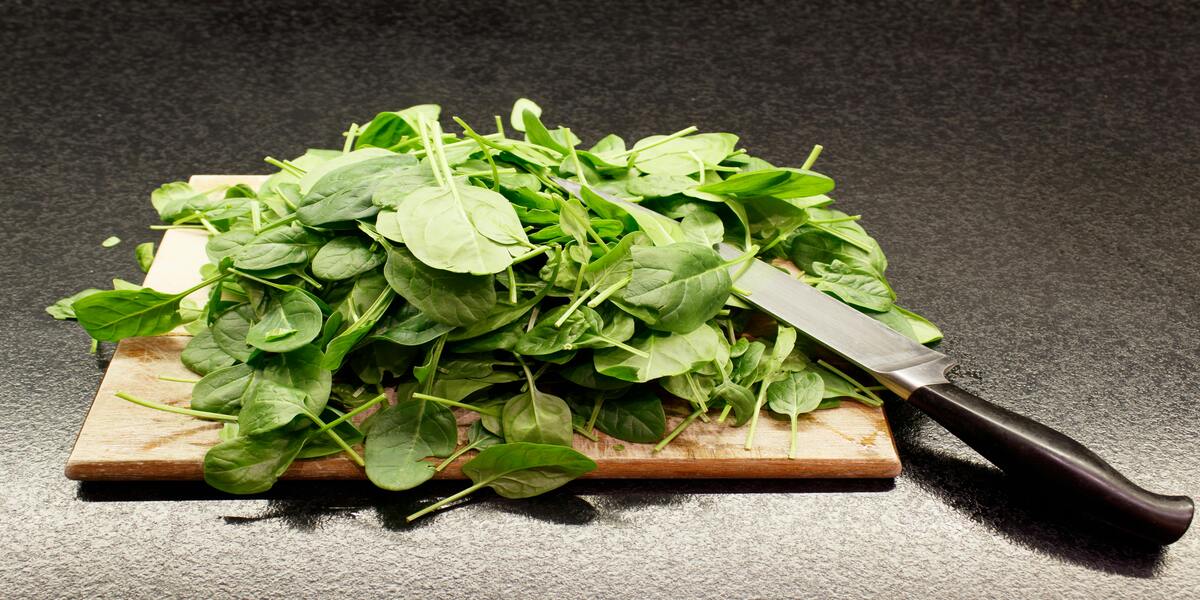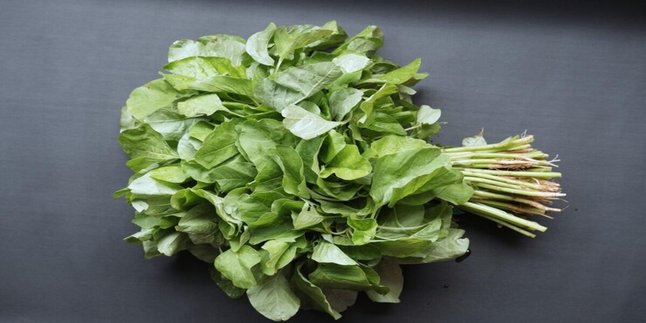Kapanlagi.com - Spinach, the fresh green vegetable rich in nutrients, has become a favorite on Indonesian dining tables. With its content of iron, fiber, and various essential nutrients, spinach is often prepared into a variety of delicious dishes. However, behind its deliciousness, a rather concerning notion arises: can spinach become toxic if reheated?
This issue has been widely discussed on social media and has become a hot topic among the public. Many believe that reheating spinach can increase the levels of harmful substances, which in turn could endanger health. Some argue that this process can convert the nitrate content in spinach into nitrite, a compound often associated with cancer risk. However, on the other hand, there are also opinions stating that as long as reheating is done correctly, spinach remains safe to consume.
So, is it true that spinach can turn into poison after being reheated? Or is this just a circulating myth? Let’s explore the interesting facts surrounding this issue, summarized by Kapanlagi.com from various sources on Sunday (16/2/2025).
1. Nitrate Content in Spinach and Its Potential Changes
Spinach, the nutrient-rich green, actually holds an intriguing secret behind its abundant nitrate content. This nitrate comes from the soil, fertilizers, and water that nourish the growth of this vegetable. Under normal conditions, nitrates are not only safe but also beneficial for health, such as helping to dilate blood vessels and lower blood pressure.
However, when nitrates enter the body, they can convert into nitrites, which, if accumulated in large amounts, could pose a risk of triggering the formation of nitrosamines—compounds linked to cancer. This is what makes many people concerned when reheating spinach, assuming that the process could accelerate the conversion of nitrates into nitrites.
But don’t worry! Reheating spinach done correctly—in a short time and at not too high a temperature—can actually reduce its nitrate content because it evaporates. So, with the right method, spinach remains safe and delicious to enjoy.
2. The Facts Behind the Myths
Although there is a risk of nitrosamine formation, it does not mean that spinach should not be heated at all. What needs to be considered is how to process and store it correctly. Here are some important points:
- Heating Frequency: Avoid reheating spinach multiple times. It is best to consume spinach immediately after cooking. If it must be reheated, do so only once and at a low temperature.
- Heating Temperature: Avoid excessively high temperatures and prolonged heating times. A brief heating at a low temperature is sufficient.
- Portion: Cook spinach in portions suitable for one meal to minimize leftovers that need to be reheated.
- Storage: Store cooked spinach in the refrigerator at low temperatures to slow down the conversion of nitrate to nitrite.
3. Is Spinach Really Toxic When Heated?
The Ministry of Communication and Digital has dispelled the myth circulating about spinach becoming toxic after being heated twice. Through a clarification on its official website, they emphasized that proper heating will not make spinach toxic.
Although repeated heating can change the chemical composition of spinach, this does not mean that the spinach is dangerous to consume. Research shows that the nitrate levels remaining after heating are still safe for our bodies. So, as long as the spinach is not heated for too long or at extreme temperatures, the health risks from reheating are very minimal.
However, it is important to remember that if spinach is left at room temperature for too long before being heated, there is a risk of bacterial growth that can be harmful to health. Make sure to store spinach properly, such as in the refrigerator or in a closed container, to keep it safe and delicious when reheated.
4. Does Heating Spinach Reduce Its Nutritional Content?
Although spinach is not a toxic food, reheating it repeatedly can lead to the loss of many important nutrients. Vitamin C and folate, for example, are very sensitive to heat, so if spinach is continuously heated, its nutritional value can decrease drastically.
Not only that, prolonged heating can also alter the chemical structure of spinach, making it mushy and losing its fresh taste. To ensure spinach remains nutritious, it is best to cook it in sufficient portions and avoid excessive reheating.
5. How to Safely Consume Spinach?
To continue gaining nutritional benefits from spinach without health risks, here are some tips that can be applied:
- Cook Just Enough – Avoid cooking spinach in large quantities to prevent the need for reheating.
- Store Properly – If you must store cooked spinach, place it in an airtight container and keep it in the refrigerator.
- Proper Reheating – If you want to reheat, do so at a low temperature for a short time to retain its nutrients.
- Consume Within a Short Time – Cooked spinach should be consumed within 4–6 hours to prevent bacterial growth.
6. People Also Ask
1. How long can cooked spinach last?
Cooked spinach should ideally be consumed within 4 hours if left at room temperature. If stored in the refrigerator, it can last up to 24 hours.
2. Can babies eat reheated spinach?
Babies are more sensitive to nitrates compared to adults. Therefore, it is recommended not to give reheated spinach to babies, especially those under 6 months old.
3. Is it safe to heat spinach in the microwave?
Heating in the microwave is still safe, but it should be done for a short time (about 1 minute) to prevent excessive nutrient loss.
(kpl/rmt)
Disclaimer: This translation from Bahasa Indonesia to English has been generated by Artificial Intelligence.












